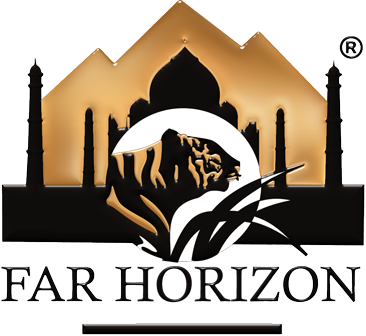Bhutan: Discovery in Depth
more_vert
Introduction
Trek Grade: Easy
Bhutan, often referred to as the "Land of the Thunder Dragon" or 'Druk Yul', is regarded as one of the last "Shangri-Las" in the Himalayan region given its remoteness, its spectacular mountain terrain, varied flora and fauna, its unique ancient Buddhist monasteries and the peaceful and serene environment.
Explore the country beginning with Thimphu, the capital city which is the most modernity you will experience while in-country. It offers insight to what our country has to offer from picturesque, nature bound hiking trails to unique architecture and history while you climb the Chari and Wangdi Tse trails and visit its beautiful temples. Also engage with textile curators at the textile museum to see the beautiful varieties of textile patterns in the country.
You will be moving further to Punakha & Wangdi Phobjikha where you will walk around the courtyards of the majestic Punakha Dzong which has held many important events in the history of time & take therapeutic forest walks along the trails of the wide Phobjikha valley, treating your eyes with breathtaking views. Drive further towards the central region of Bumthang. Bumthang is referred to as the spiritual heartland of the nation. You will feel the aura, presence of the Buddhist saints and scholars who have lived in those lands when you visit the Kurjey Lhakhang where Guru Padmasambhava meditated and the Tamzhing temple where the saint Pema Lingpa presided. Retrace your journey back to Paro where you will take many walks to sacred monasteries, one of the toughest being the Tiger’s Nest monastery perched on cliff, which to most are a highlight and paying your obeisance to the Kichu Lhakhang, one of the oldest temples in the country.
Tours Highlights
- Covering Western & Central Bhutan visiting Thimpu, Gangtey, Bumthang, Punakha, Paro with a deep immersion into the cultures of the land
- Sightseeing with English-speaking Bhutanese Tour Manager & Entrance fees at the Monuments
- Assistance at arrivals & departures & transport with SUVs & mini coaches depending on group size
- Fly in & out of Paro airport
- Prices on request
Destinations Covered
Thimphu
The Beating Heart of BhutanIt is a charming capital city that is nestled in the Himalayas with the magnificent sites of the Raidak River which passes through it which is often called as the Thimphu River.
Gangtey
Set close to the centre of Bhutan, Gangtey is located in the glacial valley called Phobjikha. The region boasts various beautiful nature trails in the valley, Gangtey Goempa Monastery and the winter home to a group of globally endangered black-necked cranes that arrive every year from the Tibetan Plateau
Bumthang
Home to some of the oldest Buddhist monasteries and temples, Bhumthang is considered as a religious and spiritual hub of hub Bhutan. It is the traditional home to the great Buddhist teacher Pema Linga to whose descendants the present dynasty traces its origin. Bumthang district consists of four main valleys Ura, Chumey, Tang and Choekhor and is an area of exceptional natural beauty; in fact, the word Bumthang itself can be translated to mean “beautiful field”.
Punakha
The Land of Red RicePunakha is one of the 20 districts located in Bhutan. This place was the previous capital of Bhutan up until 1955 after which the capital was changed to Thimpu. This place is in a close proximity to Thimpu and one can easily reach here by means of car. This place is usually warmer in winter and colder in summer. Located at the height of 1200 m this place is known for its extensive rice cultivation.
Paro
The Gateway to the Last Himalayan KingdomThis beautiful Paro valley is about 2250m above the sea level. Paro is believed to be one of the first valleys to have received the influences of the Buddhism. The wide and fertile Paro valley has both an ancient and a modern face.
Detailed Itinerary
- Day 1 Arrive Paro By Air & Transfer To Thimphu (55 Kms / 1½ Hrs Drive Approx)
- Day 2 Thimphu
- Day 3 Thimphu
- Day 4 Thimphu – Gangtey (150 Kms / 5 Hrs Drive Approx)
- Day 5 Gangtey
- Day 6 Gangtey – Bumthang (140 Kms / 5 Hrs Drive Approx)
- Day 7 Bumthang
- Day 8 Bumthang – Punakha (105 Kms / 6 Hrs Drive Approx)
- Day 9 Punakha
- Day 10 Punakha – Paro (125 Kms / 4.5 Hrs Drive Approx)
- Day 11 Paro
- Day 12 Paro
- Day 13 Paro


















